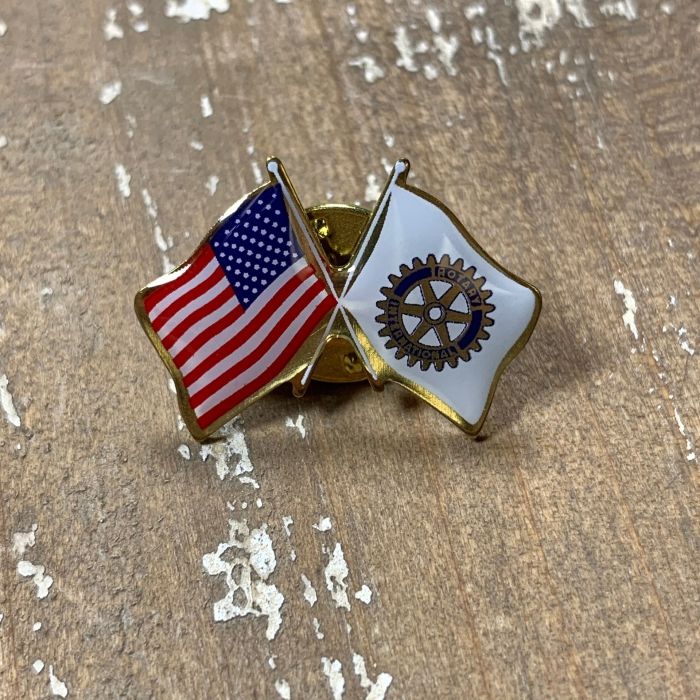Introduction
The army lapel pin is more than just a small, decorative accessory. It represents history, honor, and a deep sense of pride. These pins, often small in size, carry enormous significance, embodying the spirit and legacy of military service around the world. This article delves into the evolution of army lapel pins, exploring their historical journey and the meaning they hold today.
The Origins of Lapel Pins in Military History
Early Beginnings
Military insignias and badges have been used for centuries as symbols of rank, achievements, and affiliation. The roots of lapel pins can be traced back to the Roman Empire, where soldiers wore various emblems to denote their unit and role. Fast forward to the 19th century, and the Civil War marked a significant period for the use of military pins in the United States.
The Civil War Era
During the American Civil War, soldiers began to wear distinguishable badges made from cloth or metal, identifying their corps and divisions. These badges fostered a sense of belonging and camaraderie among the troops. By the end of the Civil War, the idea of wearing small, identifiable symbols had firmly taken root within the military culture.
World Wars I and II
The global conflicts of the 20th century exponentially increased the prominence and use of army lapel pins. During World War I, lapel pins were used not only for military purposes but also as a medium to promote support for the war efforts among civilians. Various designs and symbols were adopted, reflecting patriotism, support for the troops, and fundraising campaigns.
In World War II, the development of military insignias gained further momentum. The use of lapel pins expanded to acknowledge specific units, special missions, and commendable acts of bravery. The significance of these pins grew as they became an essential part of military uniforms and ceremonies.
Evolution Over the Decades
The Korean and Vietnam Wars
Post-World War II, the use of lapel pins continued to evolve. During the Korean War, veterans received service pins as tokens of appreciation and recognition. Similarly, in the Vietnam War, lapel pins served as a means to honor the bravery and sacrifices of the soldiers.
Modern Military Era
Today, army lapel pins have a myriad of applications within the military framework. They are used to recognize special achievements, commemorate military campaigns, and identify specific branches and roles within the armed forces. Beyond their military function, lapel pins are also worn by veterans and their families to celebrate and remember their service.
The modern era has also seen a shift towards more personalized and custom lapel pins. These allow units and individuals to convey unique stories and experiences through their designs, adding a personal touch to the traditional symbols of military honor.
The Significance of Army Lapel Pins
Symbols of Honor and Achievement
At the core of their significance, army lapel pins are symbols of honor and remarkable achievements. Each pin tells a story, reflecting the dedication, courage, and service of the individual who wears it. From medals of valor to unit recognition, these pins serve as tangible reminders of personal and collective accomplishments within the military.
Fostering Unity and Identity
Army lapel pins also foster a sense of unity and identity among military personnel. By wearing a lapel pin, soldiers and veterans align themselves with their fellow service members, sharing a collective bond and pride in their service. This unity is crucial for morale and esprit de corps, strengthening the sense of belonging within the military community.
Commemoration and Remembrance
Another profound aspect of army lapel pins is their role in commemoration and remembrance. These pins often commemorate specific battles, military campaigns, or significant historical events. They serve as enduring symbols of sacrifice and remembrance, honoring those who have served and those who have fallen in the line of duty.
Army Lapel Pins in Popular Culture
Representations in Media
The portrayal of army lapel pins in popular culture, including films, television shows, and literature, has helped to bring their significance to a broader audience. From war films depicting historical battles to TV series centered around military life, lapel pins are often showcased as symbols of honor, bravery, and military pride.
Collectibles and Memorabilia
Beyond their functional purpose within the military, army lapel pins have also become valuable collectibles and pieces of memorabilia. Veterans, history enthusiasts, and collectors seek out these pins for their historical worth and sentimental value. The design and backstory of each pin make them unique artifacts of military history.
Conclusion
The journey of the army lapel pin through time is a reflection of the evolving history and enduring values of the military. From its early beginnings to its modern-day significance, these pins have become more than just decorative items; they are symbols of honor, unity, and remembrance. For those who have served, as well as for their families and supporters, army lapel pins hold a deep and personal significance, commemorating a legacy of courage, dedication, and patriotism.
For those looking to create their own unique lapel pins to honor military service or other purposes, we encourage you to get a custom lapel pin quote.
FAQs
What is the historical origin of the army lapel pin?
The historical origin of army lapel pins can be traced back to military insignias used in ancient Rome. However, their more recognizable form and use evolved during the American Civil War and further developed through World Wars I and II.
What do army lapel pins symbolize?
Army lapel pins symbolize honor, achievement, unity, and remembrance. They reflect personal and collective accomplishments, fostering a sense of pride and identity among military personnel.
Are army lapel pins used outside of the military?
Yes, army lapel pins are also worn by veterans, their families, and supporters to honor military service and commemorate significant events. Additionally, they are sought after as collectibles and memorabilia.
Can civilians wear army lapel pins?
Civilians can wear army lapel pins to show support for the troops, commemorate military service within their family, or as part of historical reenactments and collections.
How have army lapel pins evolved over time?
Army lapel pins have evolved from simple unit identifiers to intricate symbols of military achievements and commemoration. Their designs have become more personalized, reflecting unique stories and experiences within the military.
If you’re interested in creating personalized lapel pins, visit army lapel pin for more information and options.





